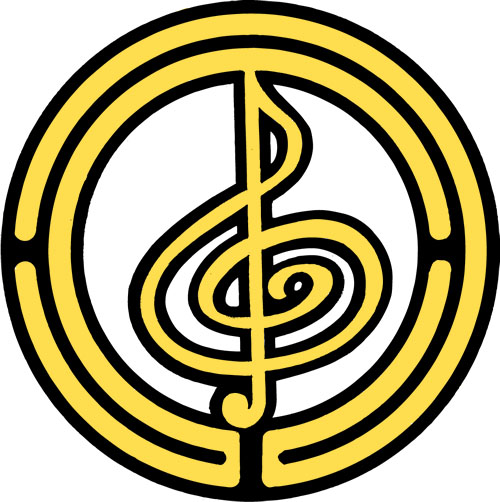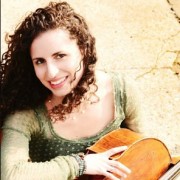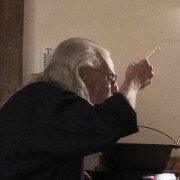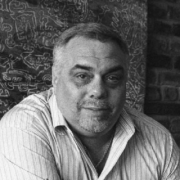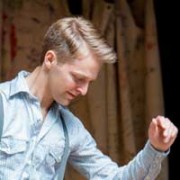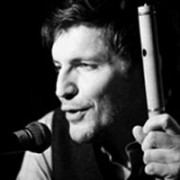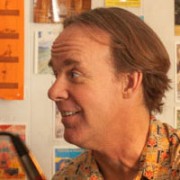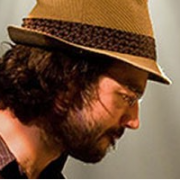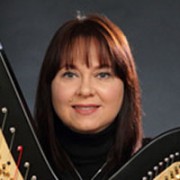If the family name Demarco sounds slightly off in terms of Irish fiddle, you have only to listen to his music to be cured of any preconceptions about the importance of ethnic purity in traditional Irish music. There may have been a time when Irish music in New York City was played exclusively by Irish immigrants and their offspring, while their Italian neighbors strummed mandolins and sang opera. But the Big Apple really is a melting pot, at least for some of its disparate immigrant elements. Before World War II it really wasn’t very common for Italian and Irish Americans to marry each other. By the 1950s, however, this kind of ethnic mixing was fairly normal in Tony’s native Brooklyn, where the Italians and Irish lived side by side and attended the same parish churches.
Tony was born on May 20, 1955, the second of three children raised in East Flatbush by Paul DeMarco and his wife, the former Patricia Dempsey. Paul, a grandson of Italian immigrants, was a teenage lightweight boxing star who turned down an offer to turn pro and work with lightweight champ Paddy “Billygoat” DeMarco in order to pursue a more conventional career on Wall Street. Tony’s maternal grandfather Jimmy Dempsey was a New York City cop and a son of Irish immigrants who married Philomena “Minnie” Fenimore, one of several Italian-American siblings who married into Brooklyn Irish families.
Musical ability runs on both sides of Tony’s family. During the Prohibition years, Minnie Dempsey’s Italian immigrant father ran a speakeasy in East New York, where he played the piano and mandolin. Tony’s paternal uncle Louie DeMarco was a singer who performed with 1950s doo-wop groups, including “Dickie Dell and the Ding Dongs.” Tony’s cousin John Pattitucci, from the Fenimore side of the family, is a leading professional bass player who has recorded with jazz stars Chick Corea, Herbie Hancock, and Wayne Shorter. But Tony definitely found his way to Irish traditional music via a different path than the one trod by musicians raised in Irish immigrant households.
More typical young Irish traditional musicians in New York in the 1970s had at least one parent born in Ireland. They may well have attended step dancing classes with one of the many dance schools in the region, and most likely went to group music classes conducted in the Bronx, Brooklyn, New Jersey, or Long Island by Pete Kelly, Martin Mulvihill, and Maureen Glynn. They would have joined a branch of the international Irish traditional music organization Comhaltas Ceoltóirí Éireann and competed each year at the regional fleadh cheoil at Manhattan College in the Bronx. If they placed high enough, they would go on to the big show, Fleadh Cheoil na hÉireann—the All-Ireland Fleadh—from which not a few returned home with the coveted title of “All-Ireland champion” on the fiddle, button accordion, tin whistle, or other instrument.
Tony had a different background altogether. As he puts it: “I never grew up with the competitive Comhaltas scene—I came through the hippie scene, the folkie scene.” He tells the story of how he took up the fiddle and discovered Irish music in his own contribution to these notes, but it is worth repeating here that his first exposure to Irish traditional music was through a Folkways recording of the County Sligo fiddler Michael Gorman. Tony had many other musical influences before this, and would have many more afterward, but for him the appeal of the Sligo fiddle style would never fade.
“Tony’s fiddle work shines through the various tracks with a complexity that we have come to expect from a very discerning musician whos approach to the music is anything but predictable.”
Paul Keating – The Irish Voice
“It’s hard to imagine an irish traditional music scene in new york city without tony demarco.”
Mick Moloney – Irish Studies, NYU
“The Sligo Indians” represents Tony’s irish fiddling at its most appealing and fulfilling.it is a recording he and his session faithfull can be proud of.”
Earl Hitchner – The Irish Echo
“I love that tune tony [Linda Rays , on “The Sligo Indians” cd]. you are a great composer.“
Seamus Connolly – Irish Studies, Boston College
